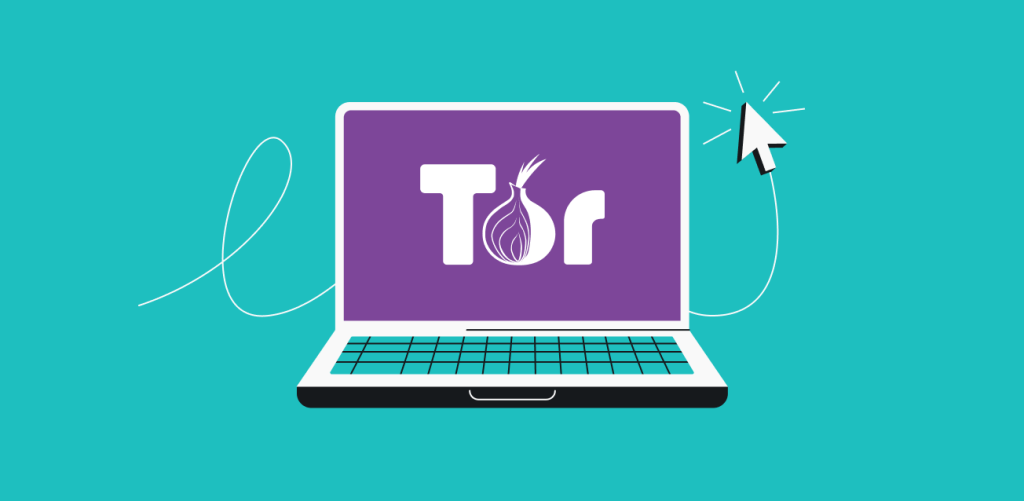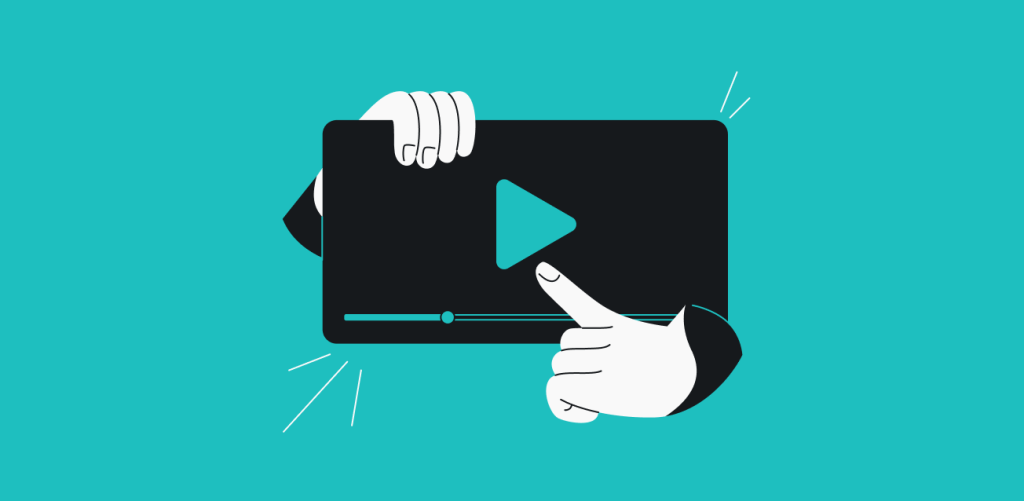Few things are more frustrating than lag. Whether you’re playing a fast-paced shooter, a role-playing game, or even a turn-based strategy, a high ping can turn any multiplayer gaming session into a lagging mess. The good news? There are things you can try to regain control over your internet connection.
What is ping? When is the ping too high?
Ping is a measure of network latency — the time it takes your data to make a round trip between your device and a server. Although it’s measured in milliseconds (ms), the delay can make or break an online gaming experience.
For example:
- A 10ms ping means the request and response cycle takes just 10 milliseconds, making the game feel extremely responsive;
- A 150ms ping introduces a noticeable delay, where actions happen after a short but frustrating lag;
- A 300ms+ ping makes online games nearly unplayable, with serious delays between inputs and on-screen actions.
While ping is important for many internet activities (such as video calls and web browsing), it’s by far most noticeable in real-time online gaming. Because the game world lives on a distant server, your actions don’t show up right away — and the same goes for other players since everyone’s actions have to stay in sync.
Effects of high ping on gaming
Depending on their severity, ping-caused latency issues can take several forms, including:
- Delayed actions (input lag): in fast-paced games like Warzone, Apex Legends, or Fortnite, a high ping can cause your shots to register after your opponent’s. So even if it looks like you fired first, the server might register their shot before yours — costing you the fight.
- Rubberbanding: this happens when your game tries to correct your position because of lag. You might move forward, only to suddenly snap back to a previous location. This can make movement inconsistent and unpredictable, making precise actions (like dodging or aiming) incredibly unreliable.
- Desync issues: in games with many concurrent players (like multiverse hubs or battle royale games), high ping can cause desynchronization issues, meaning what you see on your screen doesn’t match what’s actually happening on the server. You might see an enemy in one place, but the server has them somewhere completely different, causing missed shots or unexpected deaths.
- Game freezes and disconnections: severe lag can make the game freeze momentarily or even result in losing connection to the game server. Some games automatically kick high ping players to maintain a smoother experience for others.
How to check your ping
Most online games display your ping in real time within the settings or HUD (Heads-Up Display). Here’s how to check your ping in select popular games:
- Valorant:
- Press Esc > Go to Settings > Under Stats, enable Network Round Trip Time;
- CS:GO:
- Open the console (~) and type net_graph 1;
- Fortnite:
- Settings > Game UI > Turn on Net Debug Stats;
- League of Legends:
- Press Ctrl + F in-game to show FPS and ping;
- Call of Duty Warzone:
- Go to Settings > Account & Network > Show Connection Meter.
If your game doesn’t offer the option to show ping, third-party tools are available to monitor your network latency.
How to lower your ping: 8 practical tips
Now that we’ve covered what ping is, let’s dive into actionable steps you can take right now to lower your latency, eliminate lag spikes, and get back to enjoying your games smoothly:
1. Switch to a wired connection (or improve your Wi-Fi setup)
Wi-Fi might be convenient, but it’s not always the best choice for gaming. Wireless signals can easily get disrupted by walls, furniture, or even household appliances, causing annoying lag spikes. A wired Ethernet connection, on the other hand, provides a stable, reliable link directly to your router, ensuring minimal latency and a consistently smooth gaming experience.
How to fix it:
- Use an Ethernet cable to connect your PC, console, or gaming laptop directly to your router;
- If running cables across rooms isn’t possible, consider a Powerline adapter, which uses your home’s electrical wiring to carry network signals;
- If Wi-Fi is your only option, ensure you use the less-congested 5GHz band and position your router centrally, elevated, and away from walls or interference sources.
✅ Result: A consistently stable internet connection with significantly lower ping.
2. Upgrade or restart your router regularly
If your router is older or constantly handling multiple connected devices, it may be struggling to keep up, leading to frustrating latency issues. Over time, routers collect cached data, and performance can degrade, making regular restarts beneficial. Additionally, outdated routers might not be equipped to handle the demands of modern online gaming.
How to fix it:
- Restart your router and modem once a week to clear cache and improve performance;
- Consider upgrading to a modern, gaming-oriented router with better bandwidth management and dual-band or Wi-Fi 6 support if your current router is more than five years old;
- Replace the basic equipment you got from your ISP (Internet Service Provider) with a higher-quality model.
✅ Result: Reduced latency, smoother gaming sessions, and better overall network management.
3. Limit background apps and disconnect unused devices
Many apps quietly run updates or backups in the background, hogging bandwidth and increasing ping without you realizing it. Similarly, every device connected to your network — like smartphones, tablets, smart TVs, or even security cameras — competes for limited bandwidth, potentially ruining your gaming session with random lag spikes.
How to fix it:
- Close unnecessary programs like automatic updaters, streaming apps, or cloud-sync services before gaming;
- Temporarily disconnect any unused or idle devices from your Wi-Fi network;
- On Windows or Mac, regularly check Task Manager or Activity Monitor to catch hidden bandwidth-heavy apps and stop them.
✅ Result: Freed-up bandwidth, lower ping, and a more consistent internet connection while gaming.
4. Connect to the closest available game server
Distance matters — a lot. Playing on a server halfway around the world means data must physically travel farther, adding significant delay to your in-game actions. Games often automatically select servers for you, but they’re not always optimal. Ensuring you’re connected to the nearest possible server greatly reduces ping.
How to fix it:
- Manually select the closest server region in your game’s settings;
- If the game doesn’t allow manual selection, you could try a gaming VPN (Virtual Private Network) to connect through a closer location, potentially reducing ping.
✅ Result: Shorter data paths and noticeably faster response times during gameplay.
Disclaimer: Please note that using Surfshark services for any illegal activities is strictly forbidden and violates our Terms of Service. Make sure that any use of Surfshark services for your particular activities conforms to all relevant laws and regulations, including those of any service providers and websites you access using Surfshark.
5. Avoid peak internet traffic hours or crowded servers
Gaming performance can decline dramatically during peak usage hours, like evenings and weekends, because servers and networks become congested. Your ISP might also throttle your bandwidth during these busy times, adding to lag issues.
How to fix it:
- Try scheduling gaming sessions during off-peak hours (early morning or late at night);
- If server overcrowding consistently ruins your gaming experience, consider switching to less populated servers or check your ISP’s gaming-friendly plans.
✅ Result: Reduced network congestion, lower ping, and smoother gameplay.
6. Enable Quality of Service on your router
QoS (Quality of Service) prioritizes important network traffic (like your gaming data) over less urgent internet activities, such as downloads or streaming. Without QoS, your gaming data might get stuck behind lower-priority traffic, causing lag spikes even if your internet connection seems fast.
How to fix it:
- Log in to your router’s settings (usually at 192.168.1.1 or similar);
- Find the QoS settings and prioritize your gaming devices or the specific games you play.
✅ Result: Gaming traffic gets priority, reducing lag even when others use your network heavily.
7. Consider using a VPN to fix ISP routing problems
There’s a chance your ISP takes an inefficient path to reach game servers, increasing your ping. A VPN optimized for gaming can route your data through faster, less congested pathways. This might also help if your ISP throttles or restricts gaming traffic.
How to fix it:
- Choose a reputable VPN and test whether it improves your ping;
- If you don’t see a noticeable improvement after testing, disable the VPN.
✅ Result: Potentially lower ping through optimized routing and avoiding ISP bandwidth throttling.
8. Upgrade your internet plan if your current speed isn’t enough
If you’ve tried all the above and your ping is still frustratingly high, your internet plan itself may be the bottleneck. Many plans simply don’t provide adequate speeds or latency levels suitable for competitive online gaming, especially if multiple devices regularly connect to your network.
How to fix it:
- Run an internet speed test to measure your current download, upload, and latency;
- Contact your ISP to explore faster plans or options designed specifically for gamers;
- Consider upgrading to fiber-optic internet if available, as it offers the lowest latency and highest stability among broadband types.
✅ Result: Increased internet connection speeds, dramatically reduced latency, and an improved online gaming experience overall.
What is a good ping for gaming?
Now that you know how to reduce ping, let’s look at what ping levels are actually considered good for gaming. Different game genres have varying tolerance levels, but the general rule is simple: the lower, the better.
| Ping (ms) | Gaming experience |
|---|---|
| 0-30ms | Excellent: no perceptible lag, perfect for competitive gaming |
| 30-50ms | Very good: minimal latency, most players won’t notice any issues |
| 50-100ms | Playable: slight delays, but still manageable in most games |
| 100-150ms | Below average: noticeable lag, especially in fast-paced games |
| 150ms+ | Poor: significant lag, making real-time games frustrating or unplayable |
Recommended ping by game type
Let’s break this down further based on different types of online games. Different game genres react differently to ping: some require ultra-low latency, while others can tolerate higher ping without much impact.
Shooter games: under 50ms
- Games like Valorant, PUBG, and even League of Legends require instant reactions;
- Even a 50ms delay can make the difference between winning and losing a fight;
- Above 100ms, you will encounter noticeable lag, delayed shots, and “desync” issues.
Fighting games: under 30ms
- Fighting games like Street Fighter, Tekken, and Mortal Kombat rely on precise, frame-perfect timing;
- Even a 20-30ms delay can ruin combos and counterattacks;
- Anything over 80ms can make fighting games feel sluggish or even unplayable.
Sports & racing games: under 80ms
- Games like FC (FIFA), Rocket League, Gran Turismo, and Forza Horizon require smooth movement and quick reactions;
- 50-80ms is playable, but above 100ms can cause rubberbanding and delays in turning or hitting the ball.
MMO (Massive Multiplayer Online) & RPG (Role-Playing Games): under 150ms
- In MMOs like World of Warcraft, Final Fantasy XIV, or The Elder Scrolls Online, higher ping isn’t as game-breaking since the experience partly relies on the player’s interaction with the environment;
- Above 200ms, you might see delayed ability activation, rubberbanding, or disconnections, which make intense scenarios difficult and competitive play impossible.
Strategy & turn-based games: under 200ms
- Games like Chess.com, Civilization, or Hearthstone don’t require instant reactions, so higher ping isn’t a big issue;
- Even 300ms+ is manageable since the gameplay isn’t real-time.
Conclusion: take control of your ping
We started by breaking down what ping is and why it matters — and now you’ve got a solid set of tools to bring it down. From optimizing your internet connection to adjusting in-game settings, every millisecond counts. And while not always necessary, a reliable gaming VPN can sometimes help lower ping by providing a more direct, stable route to game servers. Try a few of these tips, and you’ll be back to smoother, faster gameplay in no time.
FAQ
How bad is a 700 ping?
A ping of 700ms is considered very high and will cause noticeable lag in online games, making them difficult or frustrating to play. Ideally, you want your ping to be under 50ms for a smooth experience.
Can having no ping get you banned?
You can’t actually have no ping — there’s always some delay, even if minimal. However, artificially manipulating your connection to appear as having zero ping (through exploits or cheats) could violate game rules and lead to a ban.
How do I lower my ping in Roblox?
To lower your ping in Roblox, try using a wired Ethernet connection, closing background apps that hog your bandwidth, and playing on servers closer to your location. Also, make sure your network drivers and system are up to date.
Why is my latency high when I have good internet?
High latency with good internet can be caused by network congestion, poor routing by your ISP, or too many devices on the same network. Even with fast download speeds, these issues can lead to laggy gameplay.
Is high ping good or bad?
High ping is bad for online gaming because it creates delays between your actions and what happens in-game. This can make gameplay unresponsive and put you at a disadvantage.
Does using a VPN help reduce ping?
A VPN can sometimes reduce ping by offering a more direct route to the game server, especially if your ISP’s routing is inefficient. However, results vary, and VPNs are best used for privacy or safely enjoying your usual content while traveling.









